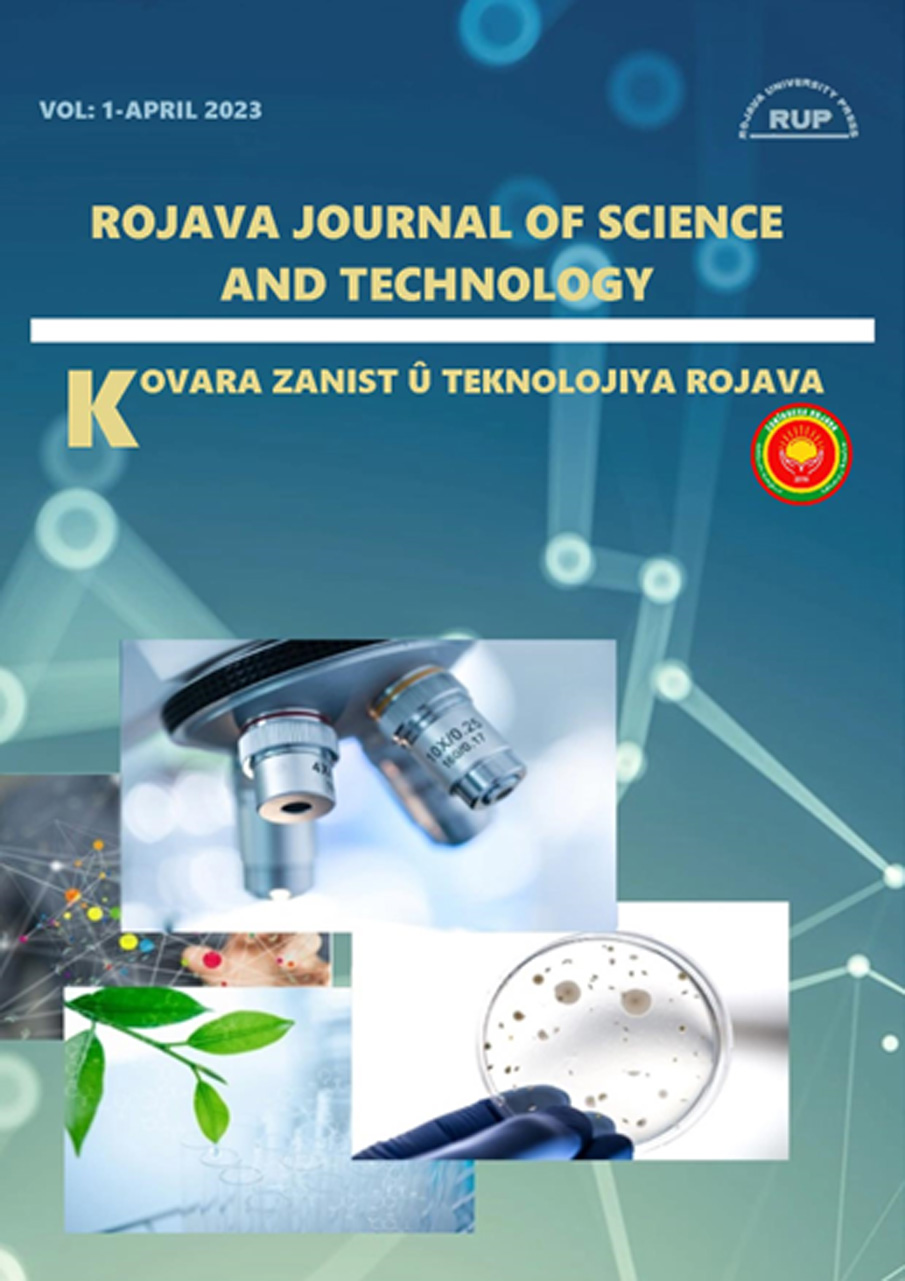Technologies for Biodiesel Production from Waste Cooking Oil
Keywords:
Waste cooking oil; biodiesel; Heterogeneous catalyst; Homogeneous catalyst; Reactive Distillation; TransesterificationAbstract
For reasons that are now well known, bio-based alternative fuels like ethanol and biodiesel have received attention. They have the potential to reduce green-house gases, they can be produced from sustainable sources, and they can be combined with diesel fuel to increase its performance. The production and usage of biodiesel have seen a qualitative leap recently. Biodiesel can be produced from animal fats and vegetables oils. By transesterifying vegetable oils and fats on the basis of catalytic transesterification of oils, numerous commercial plants produce biodiesel. Typically, homogeneous, heterogeneous, and bio catalysts are used in this process. NaOH is used as alkaline catalyst, because of its low cost and higher reaction. In addition nanocatalysts and photocatalysts were used, they are well recognized for increasing reaction rates by providing a large number of active sites and having a high surface-to-volume ratio. This review paper focus on using waste cooking oil as a feed for biodiesel production, the various parameters influencing the process of biofuel production such as reaction rate, catalyst concentration, temperature, stirrer speed, catalyst type, alcohol used, alcohol to oil ratio, free fatty acid content, and water content.





